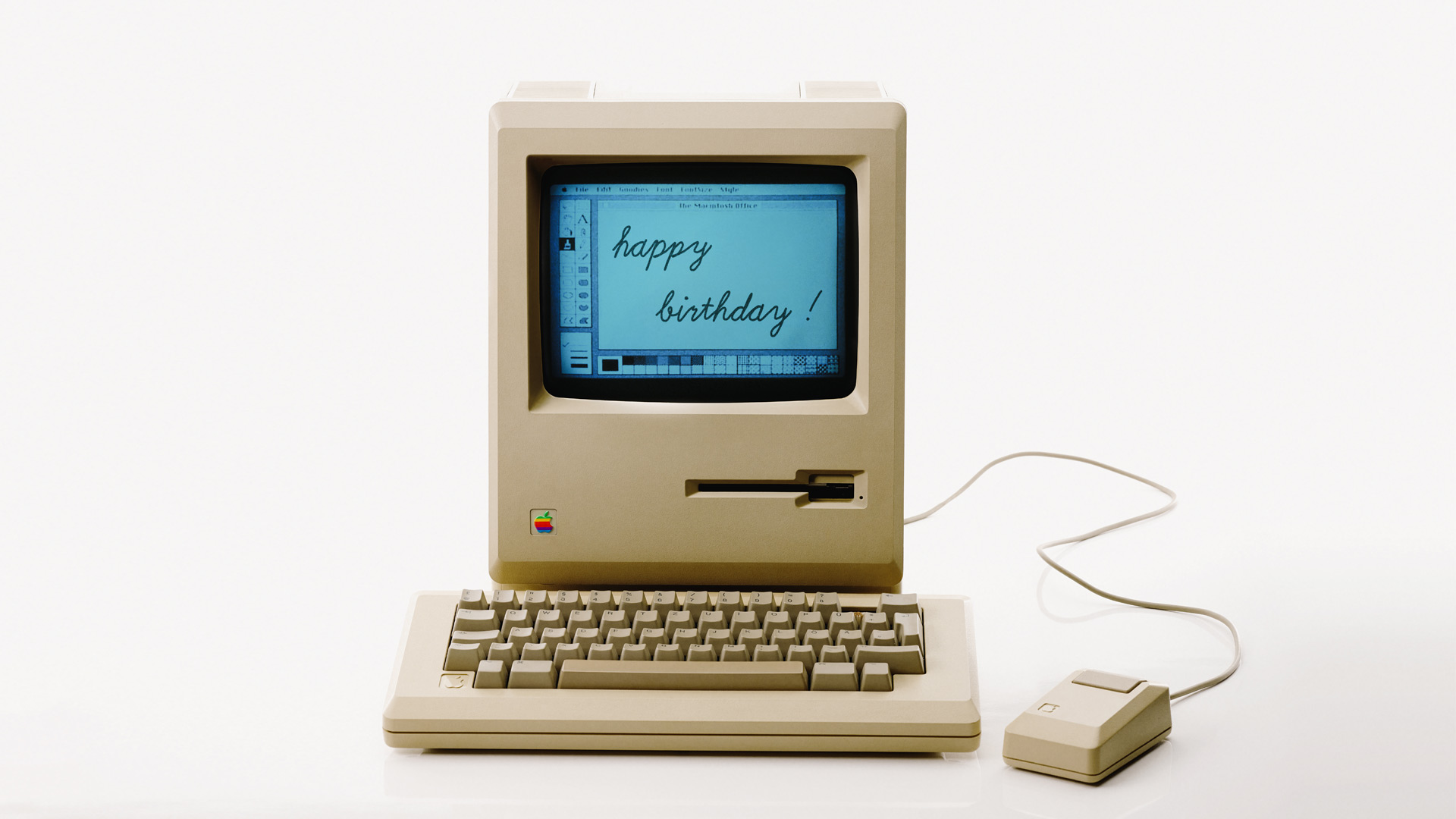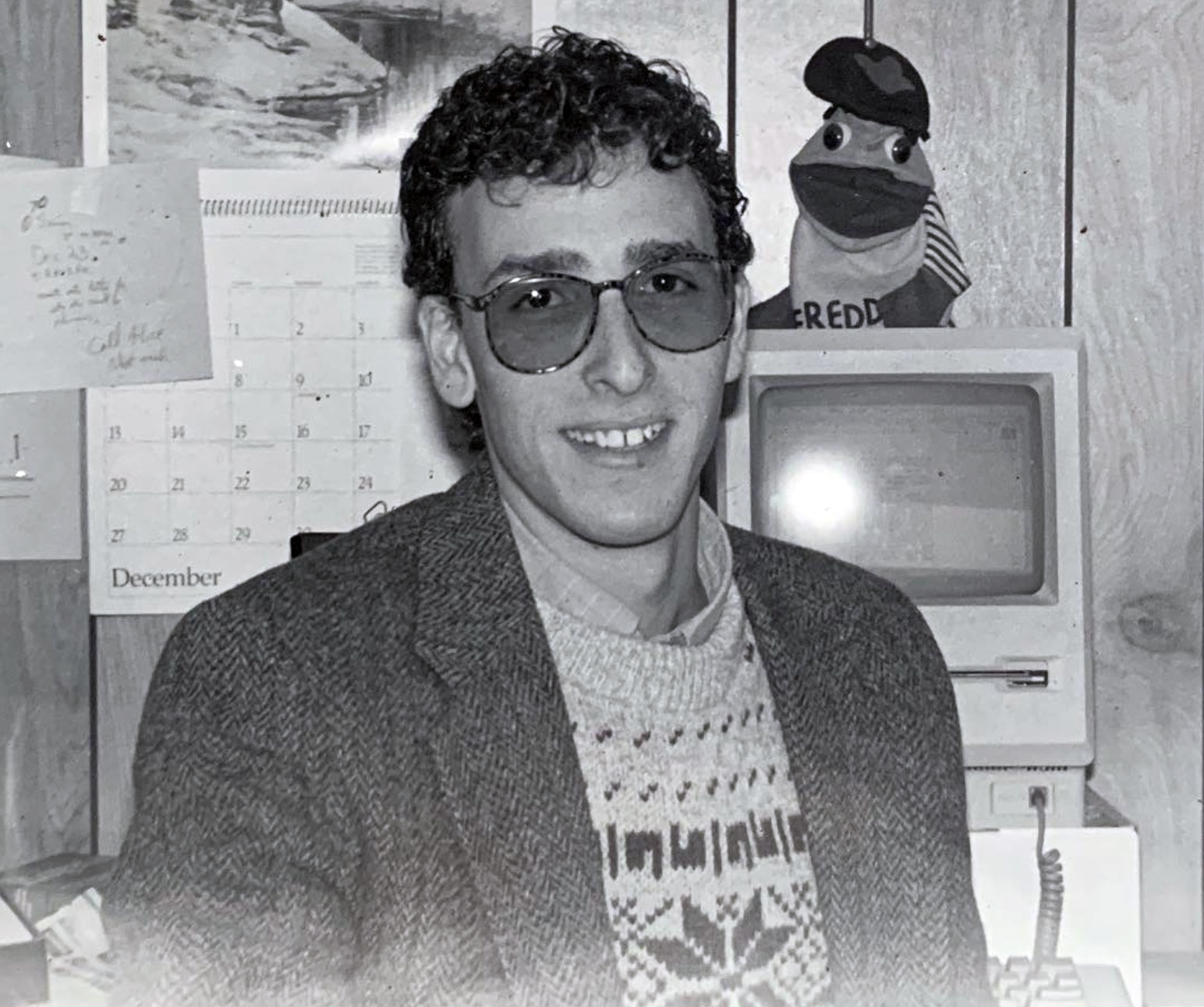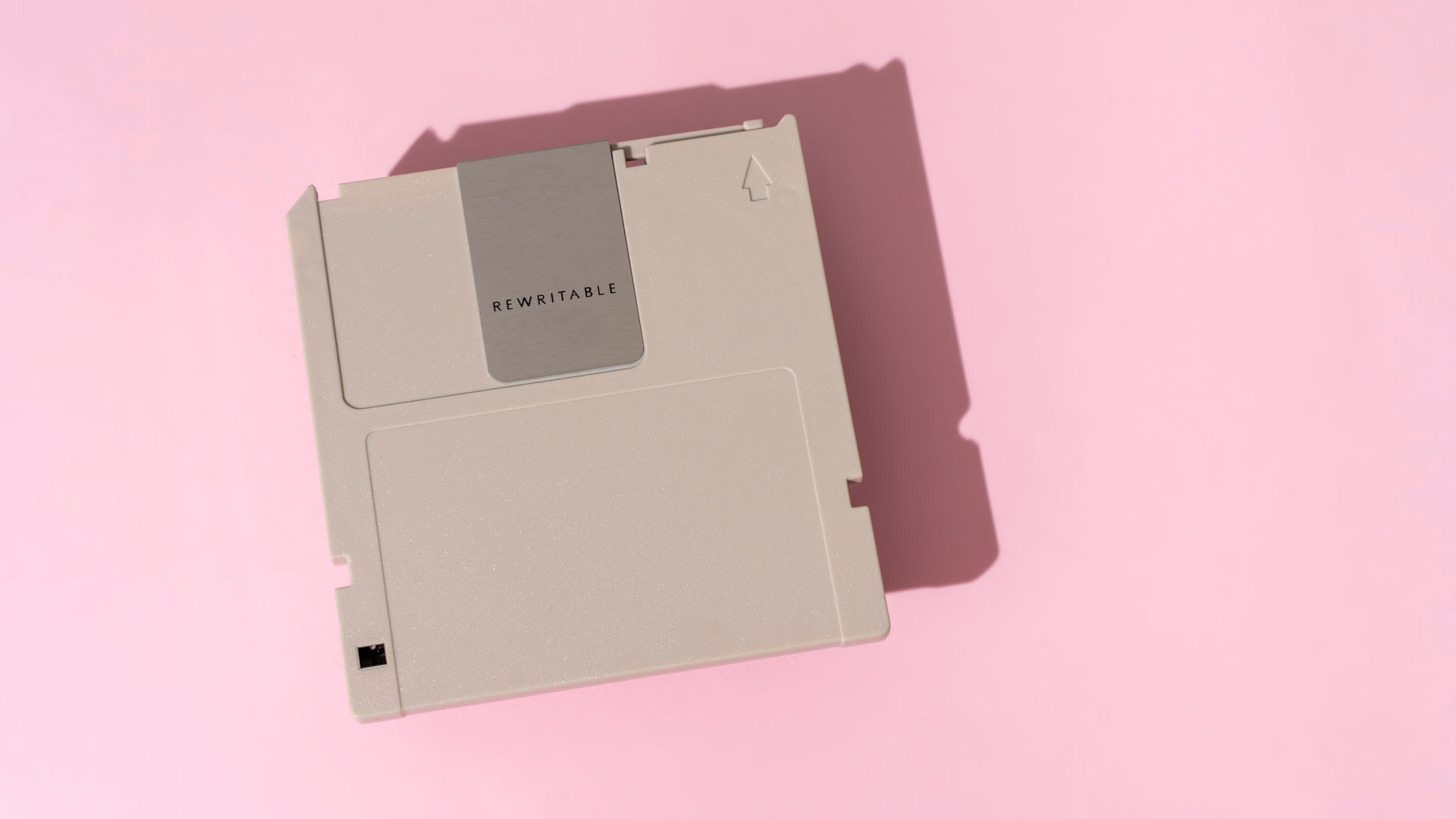Apple Mac at 40: I watched it change everything, including me
Not my first but my favorite

Do you remember the first time you saw a Mac? I do.
It was the fall of 1985, almost two years after the iconic “1984” Super Bowl commercial and the Mac’s subsequent launch on January 24, 1984, when I had secured a part-time job as a layout artist for a local newspaper. It was a father-and-son operation and the son, only a decade older than me, was into bleeding-edge technology. One day, he arrived with two large boxes. One contained a Macintosh 512K and the other an Apple LaserWriter printer. He also handed me a box of software: Aldus PageMaker V 1.2. Then he left.
40 years ago, Apple was one of the world’s most successful computer manufacturers and hadn’t had a bona fide hit since the Apple IIe personal computer. Lisa, an exciting but awkward and expensive Macintosh precursor that had little software to support it, was an unmitigated flop. I have no memory of the marketing or launch of that product. Granted, I was still in my first year of college, and campus computers were almost entirely IBM PCs. If you computed in school, it was in BASIC or maybe on DOS. At home, you might be, as I was, running a Commodore 64 Computer hooked up to a dot matrix printer. Back then, this was the height of home, school, and office computing.
I helped run my college newspaper where we used proprietary type-setting systems that, while digital, bore no resemblance to the desktop publishing that was to come.
While I was unfamiliar with the Macintosh, it didn’t take me long to unbox it – the 16-pound chassis, a keyboard with a cable to the front, a mouse with a cable to the back, and the power cord – and put it together. I loved that it had, in contrast to any computer I’d ever seen, a built-in handle.

The definition of usability
By then, I’d heard stories about the Mac’s ease of use and how the Graphical User Interface (GUI) was unlike systems I’d encountered at home and school. Apple’s three years of development and fine-tuning under the watchful eyes of Co-Founder and then Chairman Steve Jobs had paid off. I had the system up and running within the hour, and was soon installing and then using PageMaker on it (and marveling at the tiny 3.5-inch floppy disks).
The 9-inch screen should’ve felt constricting and yet I never noticed the inches of lost space between the Mac and my Commodore 64 display. This was because the Mac’s 512x342 pixel resolution far surpassed the C64’s 320x200 resolution. I didn’t even miss the color on the Mac’s monochrome display.
Get daily insight, inspiration and deals in your inbox
Sign up for breaking news, reviews, opinion, top tech deals, and more.
From the moment I started using the Macintosh, everything made sense.
From the moment I started using the Macintosh, everything made sense. Computing on a DOS system often felt like standing in a dark room where only the right code word could temporarily illuminate just one dim corridor. The Mac’s OS felt like a wide-open space where I could see all the waypoints and know exactly how to get wherever I wanted.
I used PageMaker to create and print out newspaper elements. Sometimes I built boxes for photos and captions, other times I digitally laid out entire stories and then printed the columns out for paste-up. I tried to build an entire page on the Mac but while it looked perfect on screen, I could never print out the two halves properly so that they could be laid out together – early days.
Even so, as I was learning my way around the Mac, the world, especially the professional publishing industry, was following in kind.

Hello, again
I found my first newspaper job in 1986. Within six months, the publisher made the forward-leaning decision to retire the DEC-based time-shared content creation and publishing system in favor of a collection of Macintosh 512Ks. As the only person on staff with experience in the system, I trained the rest of the staff and then redesigned the newspaper using the growing collection of Mac tools.
Apple and Jobs had succeeded with the Mac where Lisa failed, getting most of the major software developers (including Microsoft) on board to develop software for the new hardware and platform. I had an able word processor, layout software, and even primitive drawing tools. For a time, I was creating spot art for the newspaper with Mac Paint. It’s not easy to draw with a mouse on a 9-inch black-and-white screen, but I did it. In hindsight, I realized this was only possible because the Macintosh platform was so sound, and the software written for it was so darn good.
Transforming an industry
I graduated to magazines and so did the Mac. In 1989, I joined a McGraw-Hill trade magazine. Like most publications of the time, it was using a collection of PCs to create most of their content.
Once stories were written, they were sent out to a print production house for layout based on our specifications. Even though IBM PCs didn’t have a comparable GUI operating system (Windows 1.0 was an embarrassment that no one used), our computers did have all the software we needed. We relied heavily on Lotus 1-2-3 to create the tables for our biggest reports, including one that looked at the 250 biggest Electrical Wholesalers (exciting, right?).
It cost tens of thousands of dollars for our print production partner to convert the Lotus files into magazine-ready tables. I’d been meeting with a guy at McGraw Hill, a heretic who talked about shifting desktop publishing duties to the Mac, but no one was biting and there weren’t any good test cases.
We did, however, have some Mac SE 30s in our office (we’d soon have more of the systems that featured more memory and, finally, MBs of local storage) and I suggested that maybe we could build the tables on the Mac. My boss allowed me to let me prove myself wrong.
I figured out how to get the tabular data from the PC to the Mac and then did a pour into tables and soon was completing a layout that would be used in our publication (it included map snippets to show regions around the US). We never used the print house for that project again.

The full embrace
I loved the Mac and soon became expert enough to train people at other companies on how to use it and integrate desktop publishing into their businesses. I hooked up our Macs to 300 baud modems and started using primitive email. I learned how to use a special and incredibly long screwdriver to open the case and upgrade the memory (there was never enough memory). I was obsessed with Mac OS releases.
However, in 1991, I left that job and joined PC Magazine. We covered Apple and the Mac but fleetingly, and the whole company (the Ziff Davis) was standardized on PCs (except the art department, which used Macs and Quark Desktop Publishing). I found myself seated in front of a Northgate PC running DOS 5 and felt temporarily sick. I missed my Mac.
It was in that same year when Apple discontinued the Mac SE/30 and started focusing more on the abysmal Macintosh II, PowerBook, and its Quadra series. The magic of that first Mac was gone, and it would be almost a decade before Apple would rise Phoenix-like from the ashes of its discarded past to remake the future with iMacs and pocketable devices that everyone wanted.
What Vision Pro can learn from 1984
In this moment where we celebrate the 40th anniversary of the Macintosh, I think it’s instructive to look at Apple’s latest moonshot, the $3,499 Vision Pro, through the prism of 1984’s $2,495 Macintosh.
Like the Mac, the Vision Pro is a product in search of a purpose. Steve Job’s goal with the Mac was not to just conquer the business computing world. He wanted the Mac to be as ubiquitous as the telephone. The only way to make that possible was for everyone to understand the Mac’s purpose, especially as it related to them. It took years, if not more than a decade for that dream to become a reality and it was not, to be honest, Apple and Jobs that made it so. The Windows 95 PC became the system in every home, and it was probably more the Internet than Windows that provided the raison d'être.
Like the first Mac, Apple’s Vision Pro is a significant investment but the real question is, what’s its purpose? Does the history of the Mac instruct the Vision Pro future? Maybe, though it’s hard to imagine it having the same kind of cultural impact or emotional impact.
You might also like

A 38-year industry veteran and award-winning journalist, Lance has covered technology since PCs were the size of suitcases and “on line” meant “waiting.” He’s a former Lifewire Editor-in-Chief, Mashable Editor-in-Chief, and, before that, Editor in Chief of PCMag.com and Senior Vice President of Content for Ziff Davis, Inc. He also wrote a popular, weekly tech column for Medium called The Upgrade.
Lance Ulanoff makes frequent appearances on national, international, and local news programs including Live with Kelly and Mark, the Today Show, Good Morning America, CNBC, CNN, and the BBC.